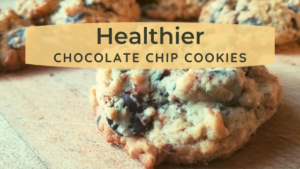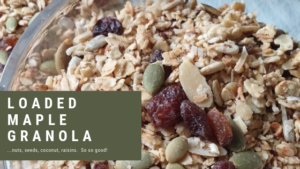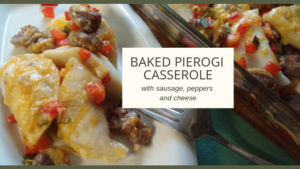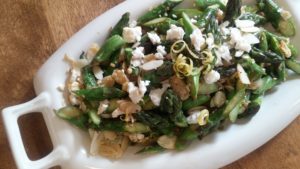Merriam-Webster Online Dictionary defines Healthy and Food in the following ways:
Medical Definition of FOOD
1: material consisting essentially of protein, carbohydrate, and fat used in the body of an organism to sustain growth, repair, and vital processes and to furnish energy; also : such material together with supplementary substances (as minerals, vitamins, and condiments)
2: nutriment in solid form
Medical Definition of HEALTHY
1: enjoying health and vigor of body, mind, or spirit
2: revealing a state of health healthy
complexion>
Pretty clear and concise, right?
Then what the heck happens when you go to the grocery store? Our sense of “Food” and “Healthy” takes a definite turn in the opposite direction…we loose all sense of what those words actually mean and fall into the lure of what we have been told they “should” mean.
Here’s an example:
At the store, we have been taught to associate “healthy” with the following terms:
low-fat or ultra low fat
low carb, no carb
no sugar, low sugar
Sooo, if the definition of FOOD includes “material consisting essentially of protein, carbohydrate, and fat”, why are we constantly looking for and choosing items that are created to NOT have fat or carbs in them?
Now, you may see little reason why something labelled as “source of fibre” should not be healthy or good food. However, through the trickery of marketing, these tag phrases (more often than not) are disguising something else. They are designed to distract you from the fact that there may be very little nutrient value, high sodium, artificial sweeteners or unwanted additives. They are designed to take your attention away from the fact that these food products have been created in a labratory, they have been highly processed, and they have been designed for profits-not health.
Please, let’s take low-fat, low sugar, no carb terms out of our vocabulary of “Healthy Foods”–because they very simply, are not. Let’s start looking at the ingredient listing first, and the buzz words last. Look for ingredients you recognize, and can attribute to a whole or natural source. That’s where the HEALTHY FOOD is. Nutrient value trumps everything. Always.
~Here is a new recipe, I had a couple of very generous fresh beet donations made this year (thank-you to those gardeners!!). Consequently, I have tried a number of new recipes this year–this one is by far the best I have ever tried!
Roasted Beets with Balsamic and Orange Glaze.
1-2 pounds fresh beets, root only (washed, but untrimmed and not peeled)
olive oil, salt and pepper
1/2 cup balsamic vinegar
2 tbsp brown sugar
Using tinfoil, combine beets, oil, S&P and wrap tightly. Place on a baking sheet. Roast for 1-2 hours at 350 degrees. (…cook about 20 minutes longer than you think you should…you want them to get all nice and carmelized!). Take out and let cool a bit–until they are cool enough to handle)
Meanwhile, in a fry pan, add Balsamic vinegar and brown sugar. Simmer until the vinegar becomes thicker and a bit syrupy. (about 5-7 minutes).
When beets are cool enough to handle, peel (the skins should just slip off now if you use your hands to rub them a bit) and trim of root and top. Cut into quarters or smaller if you like. Top with Balsamic Glaze and orange zest. Toss lightly-reheat if necessary. Seriously…best beets ever.
,






